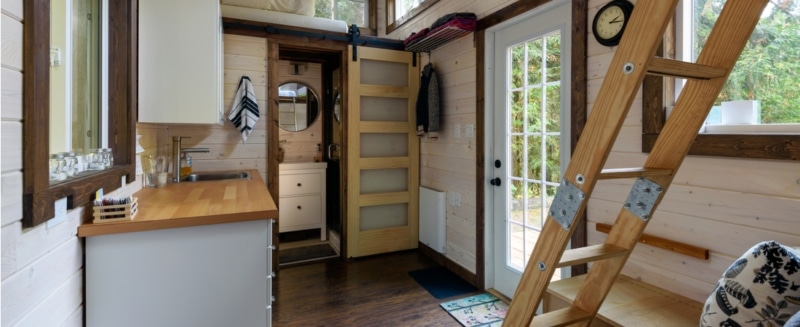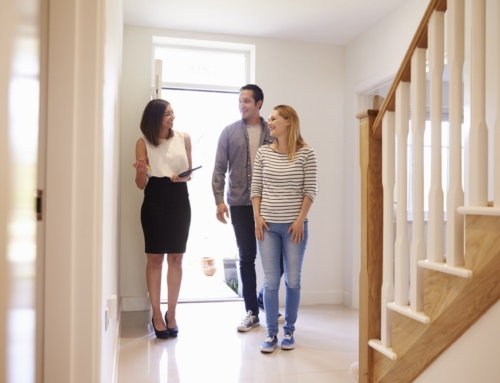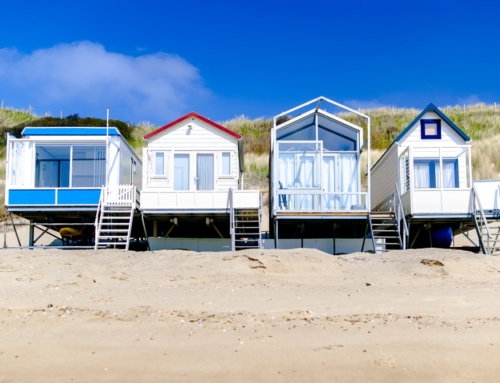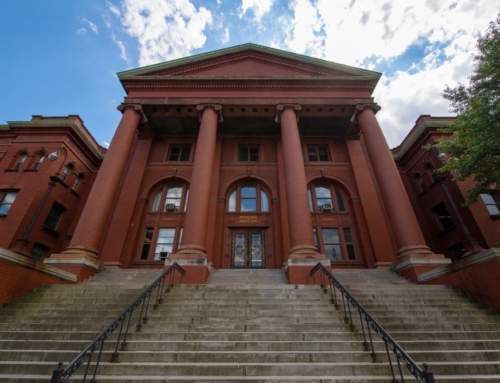Is the tiny house trend a good investment? Benefits and concerns to weigh before investing in the tiny house real estate trend.
Is the Tiny House Trend a Good Investment?
Open floor plans, urban areas and cool color palettes are still trending, according to a recent report from Fixr, a remodeling, installation, and repair project guide. But the most interesting housing trend is the increase in the tiny house movement that 56 percent of industry influencers report seeing.
Tiny houses are functionality focused and typically take up less than 500 square feet. They can be built, but they can also be purchased on Amazon for as low as $4,490, often with free shipping.
I find it fascinating that 30 percent of Fixr’s respondents felt that tiny house buyers are likely to be first-time home buyers. With current homeowners struggling to keep up with mortgage payments, it doesn’t seem like a bad idea to save money and try living in a tiny house. So why aren’t more buyers choosing tiny homes? What’s the catch?
Challenges of Owning a Tiny House
One of the primary issues with owning a tiny house is finding somewhere to put it. Renting land can be tricky and buying a vacant lot, depending on the location, could cost upwards of $ 200,000. To host a basic party owners would need to rent a room or outdoor space because it’s already crowded in a tiny home without any guests. And, if they aren’t committing to a minimalist lifestyle, owners will be paying to rent a storage unit.
Another potential concern is what happens if the family expands? Can you add on a room? Expand upward? Even if you physically can, it might not be the smartest idea. There’s research that suggests children in crowded apartments can be withdrawn and have trouble concentrating.
Benefits of Making an Investment in a Tiny House
While there are a good number of problems that come with owning a tiny house, there are benefits, too. Fixr’s respondents thought 30 percent of buyers were likely to invest in a tiny home so they could spend more money on travel or other parts of their lives. If buyers plan to spend most of their time traveling or in the office, a tiny home could provide the essentials without the same maintenance commitment (financial and time) of a traditional single-family home.
It’s clear that there’s a lot to consider before purchasing a tiny home for yourself, but there are some great developments that are being built that reflect this trend.
Developers in Kansas City built a tiny-house village for homeless veterans and coupled it with mandatory programs like job training and drug rehabilitation. The project has been so successful and gained so much support that there are plans to start building 36 more tiny homes in the same community.
Other ‘tiny houses for the homeless’ projects are in process in Seattle, Austin, Portland and they’re continuing to be proposed as a solution for the more than half a million Americans without a roof over their heads.
I don’t think purchasing a tiny house is necessarily the right investment for you and your family, but I can certainly get behind the incredible community support aspect of the tiny house phenomenon.
More on Investing in Real Estate
Is a Condo or a Townhouse a Better Investment?
What Are the Tax Implications of Joint Property Ownership?
Is a Rental Property a Good Investment?
Should You Put Your Rental Property in an LLC?
How to Buy Out a Family Member’s Share of Investment Property
Making the Most Out of the Sale of an Underwater Investment Property







You will never live in a tiny house without wishing you had more space. Most people want to be able to accomodate an occasional visitor. Perhaps it would work for a single person with a reclusive personality. If the tiny home is intended to sit in a permanent spot, it will cost approximately as much to develop the lot for a tiny home as for any other home. Both will need electric power brought into an approved meter box, both will need water meters and supply lines, both will need septic systems or sewer connections, both may need gas supply for heating, cooking, hot water, both will need legal descriptions of lot and recording for property taxes, both must meet applicable building codes and permit requirements. So you have problems with economies of scale. It will cost far more on a square foot basis than a larger home. If the lots are predeveloped for a community of tiny homes, is that different from the trailor parks we already have.
Edward:
You’ve made a great point. I’ve often wondered how many times those people on the HGTV show, Tiny Homes, either sell and move within 6 months to a year after shooting the conclusion of the show, and how many of them ultimately get divorced. (Having a little space can be great for a relationship!)
I’d love to hear from anyone in a Tiny Home. Readers?
Ilyce Glink, Publisher
ThinkGlink.com
I have a park model log cabin home on property which i had purchased for over 10 years . For two people this seasonal cabin has provided plenty of space (which includes a screen in porch ) WITH OUT FEELING CRAMPED. TOtal sqare footage which includes the porch and a loft is approximately 535 sq feet. Though permanently affixed to the septic system and blocked, a park model home is technically an RV .